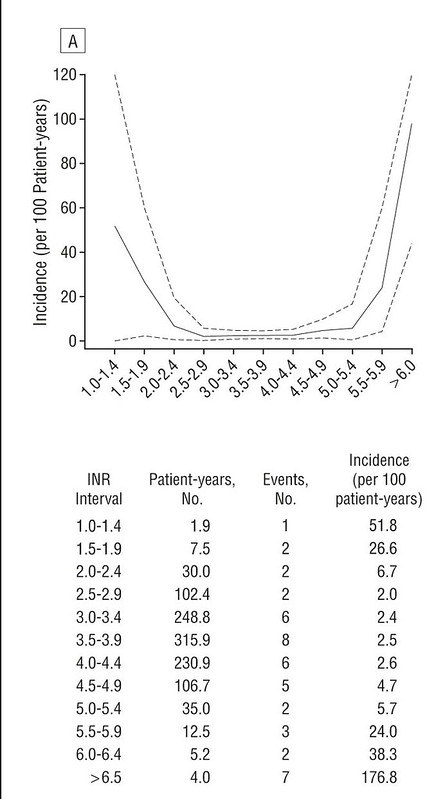pellicle
Professional Dingbat, Guru and Merkintologist
(*think Fight Club)
1) we do talk about Fight Club (oops, Anti Coagulation Therapy)
{started in response to this post by @LoveMyBraveHeart , see that for rules}
1) we do talk about Fight Club (oops, Anti Coagulation Therapy)
{started in response to this post by @LoveMyBraveHeart , see that for rules}


























